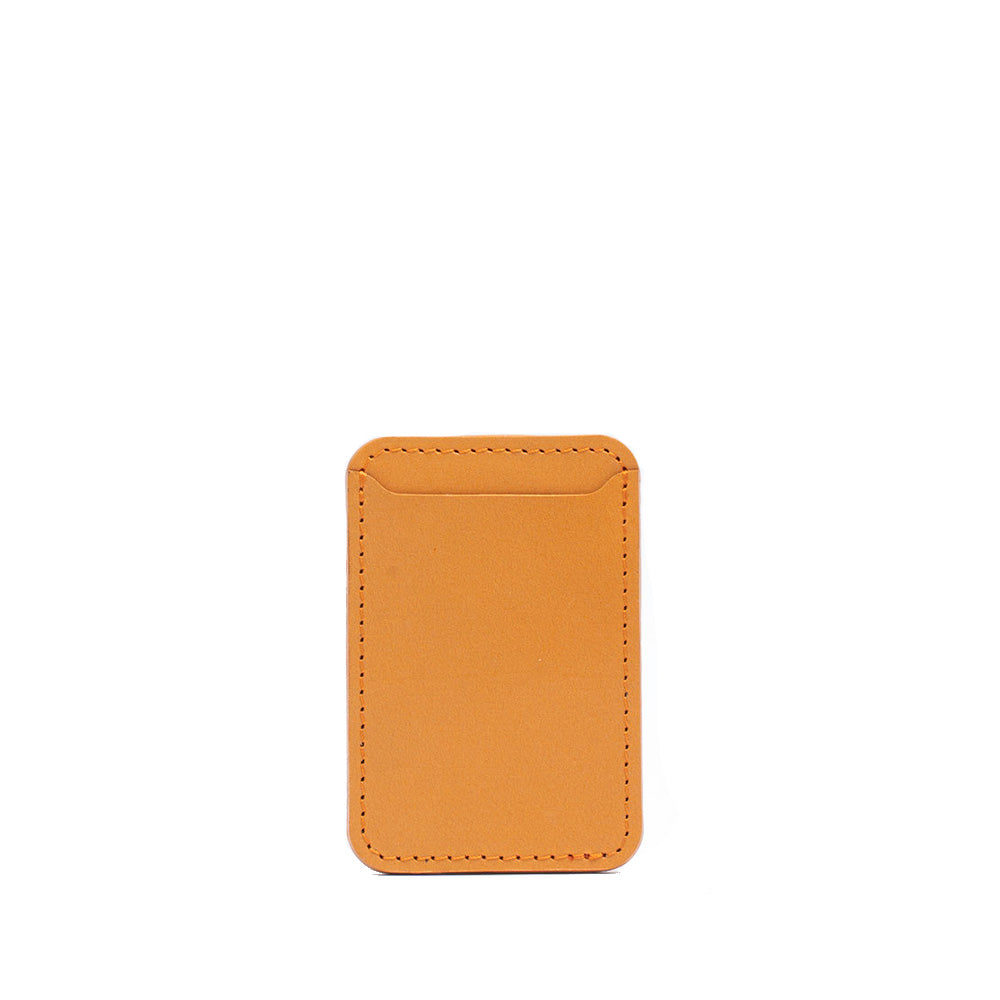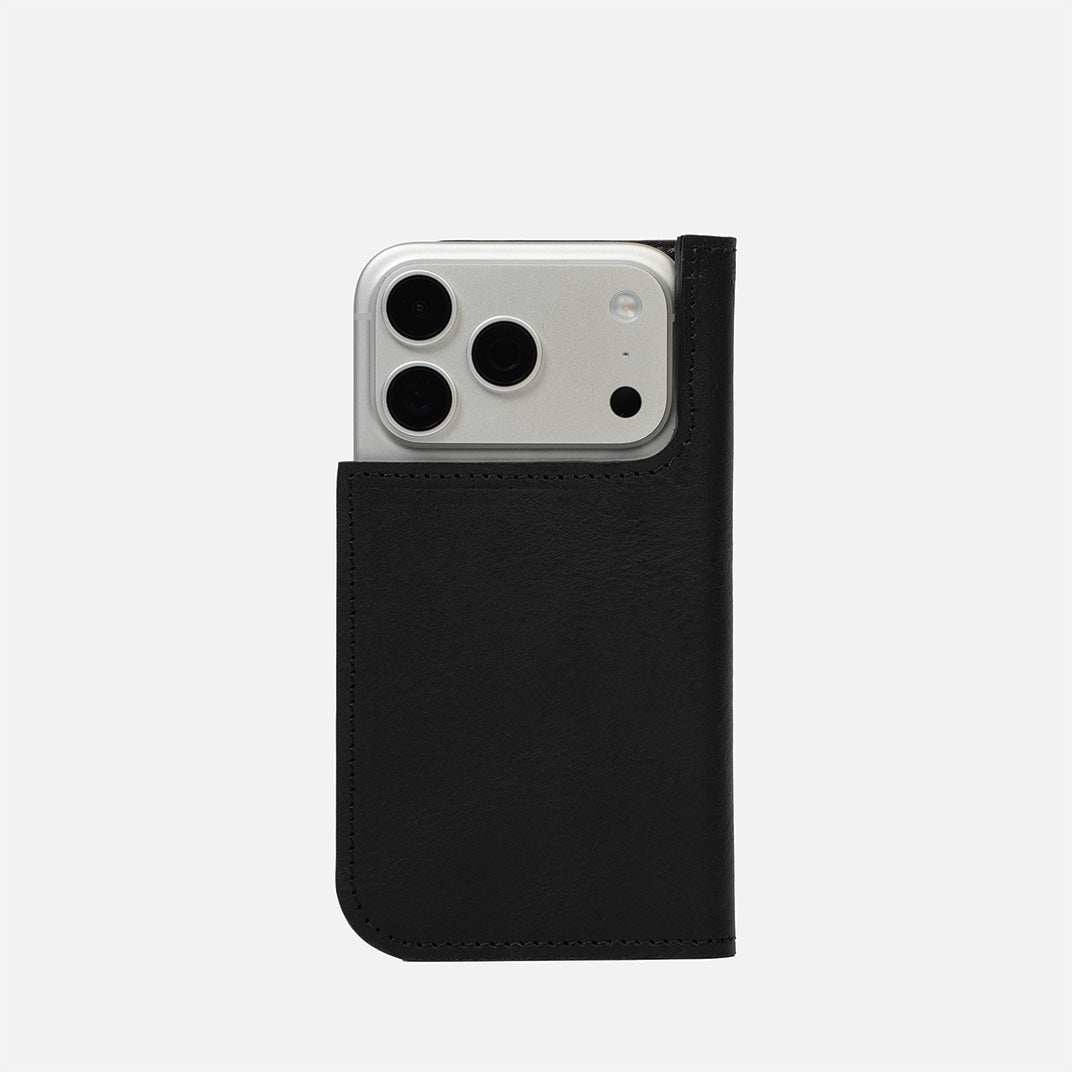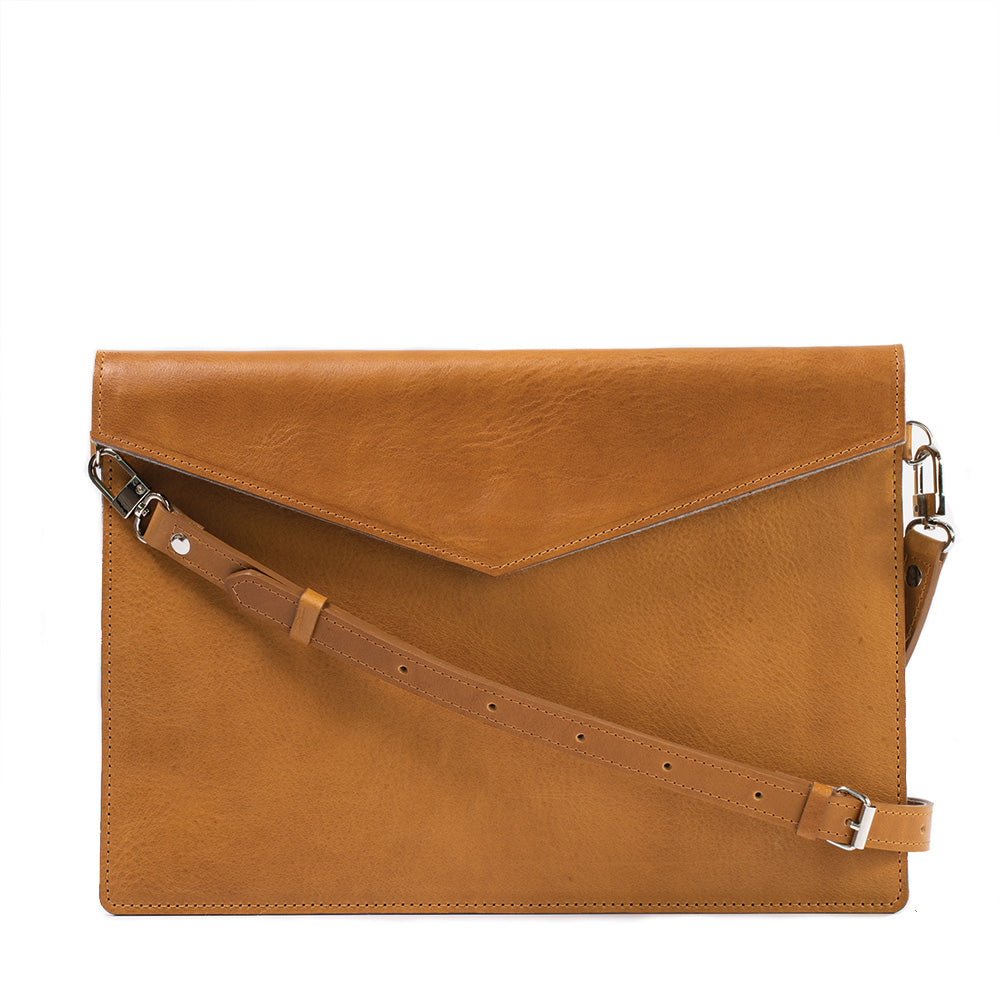The iPad has become an essential tool for many users, whether for work, entertainment, or creativity. With the increasing use of high-resolution photos, videos, and apps, the need for storage space on the iPad has also grown exponentially. However, the internal storage capacity of iPads is limited and may not always be sufficient to meet the growing storage demands of users.
This is where external storage for iPad comes into play. External storage devices offer an additional storage solution that can expand the capacity of your iPad, providing more room for your files, media, and apps. In this comprehensive guide, we will explore the importance of storage on an iPad, the limitations of internal storage, and the benefits of using external storage to overcome these limitations.
Importance of storage on an iPad: The storage capacity of an iPad is crucial for various reasons. It determines how many apps, photos, videos, and documents you can store on your device. A lack of storage can lead to a cluttered iPad with limited space for new files or apps. It can also affect the performance of your device, causing it to slow down or freeze.
Limitations of internal storage: iPads come with different internal storage options, ranging from 32GB to 1TB or more, depending on the model. However, with the increasing size of media files and apps, internal storage can quickly fill up, leaving you with limited space for your files and apps. This can be particularly challenging for users who require a lot of storage for tasks such as video editing, gaming, or professional work.
Benefits of using external storage: External storage for iPad offers several advantages. Firstly, it provides additional storage space that can be used to store files, media, and apps, allowing you to expand your iPad's storage capacity beyond its internal limitations. Secondly, external storage allows you to offload files from your iPad, freeing up space on your device and improving its performance. Thirdly, external storage provides a convenient way to transfer files between devices, making it easy to share data with other iPads, iPhones, or computers.
Overall, using external storage with your iPad can greatly enhance your device's storage capabilities, providing more room for your files, media, and apps, and allowing you to overcome the limitations of internal storage. In the following sections of this guide, we will delve deeper into the different options for iPad external storage, how to choose the right one, setting it up, best practices, recommended devices, and more. So, let's dive in and explore the world of iPad external storage!
Understanding iPad External Storage Options
When it comes to expanding your iPad's storage, there are several external storage options to choose from. Each option has its own advantages and disadvantages, and it's important to understand the different types of external storage available for iPads.
- USB Drives: USB drives are portable storage devices that can be connected to your iPad via the Lightning or USB-C port, depending on the iPad model. USB drives typically come in various storage capacities and offer a straightforward way to transfer files between your iPad and other devices, such as computers or other iPads. They are easy to use, and you can directly access the files on the USB drive from your iPad's Files app.
Pros:
- Portable and easy to carry around.
- Can be used to transfer files between different devices.
- Compatible with most iPad models and iOS versions.
Cons:
- Requires a physical connection to the iPad, which may be inconvenient for some users.
- Limited storage capacity compared to other options.
- May require additional adapters or dongles for compatibility with newer iPad models with USB-C ports.
- SD Cards: SD cards are commonly used in cameras, but they can also be used as external storage for iPads. Some iPads, such as the iPad Pro models, come with a built-in SD card slot, while other iPad models may require an external SD card reader that connects to the Lightning or USB-C port. SD cards are available in different storage capacities and are a popular choice for users who need to transfer large media files, such as photos and videos, between devices.
Pros:
- Small and portable, making them easy to carry around.
- Can be used to expand storage for iPads with built-in SD card slots.
- Ideal for users who need to transfer large media files, such as photographers or videographers.
Cons:
- Not all iPad models have built-in SD card slots, requiring external SD card readers for some devices.
- Limited storage capacity compared to other options.
- May require additional adapters or dongles for compatibility with newer iPad models with USB-C ports.
- Wireless Storage Devices: Wireless storage devices are portable drives that connect to your iPad via Wi-Fi or Bluetooth, allowing you to access and transfer files wirelessly. These devices create their own Wi-Fi network that your iPad can connect to, enabling you to transfer files, stream media, and even backup your iPad wirelessly. Wireless storage devices are particularly useful for users who require a large amount of storage and need the convenience of wireless access.
Pros:
- No physical connection required, offering more flexibility and convenience.
- Can provide a large amount of storage capacity.
- Can be used to stream media to multiple devices simultaneously.
Cons:
- May require a separate app or software to be installed on your iPad for file management.
- May have slower data transfer speeds compared to USB drives or SD cards.
- Compatibility may vary depending on the specific wireless storage device and iPad model.
Compatibility with different iPad models and iOS versions: It's important to note that the compatibility of external storage options with different iPad models and iOS versions may vary. For example, older iPad models with Lightning ports may require different adapters or dongles to connect USB drives or SD cards, while newer iPad models with USB-C ports may have more straightforward compatibility. Additionally, the iPadOS version installed on your iPad may also affect the file system and app support for external storage. Therefore, it's essential to check the compatibility of the external storage option with your specific iPad model and iOS version before making a purchase.
How to Choose the Right iPad External Storage
Choosing the right external storage for your iPad can greatly enhance your device's capabilities and productivity. However, with various options available in the market, it's important to consider several factors to ensure that you make the right choice.
Factors to consider:
Storage Capacity: The storage capacity of the external storage option is a crucial factor to consider. Depending on your usage requirements, you may need a larger storage capacity to store files such as photos, videos, documents, and apps. Consider your current storage needs and future storage requirements to determine the appropriate storage capacity for your iPad external storage.
Data Transfer Speed: The data transfer speed of the external storage option is also important, as it affects how quickly you can transfer files to and from your iPad. Faster data transfer speeds can save you time and enhance your productivity, especially when dealing with large files or performing frequent transfers.
Form Factor: The form factor of the external storage option refers to its physical design and size. Consider whether you need a compact and portable option that is easy to carry around, or a larger option that may offer more storage capacity but may be less portable. The form factor should align with your usage requirements and lifestyle.
Brand: Consider the brand reputation and reliability of the external storage option. Opt for reputable brands that have a history of producing reliable and durable products. Reading customer reviews and checking for certifications can also help you assess the quality and performance of the external storage option.
Compatibility with iPad's Lightning or USB-C port: The compatibility of the external storage option with your iPad's Lightning or USB-C port is crucial. Older iPad models may have a Lightning port, while newer models may have a USB-C port. Make sure that the external storage option you choose is compatible with your iPad's port to ensure seamless connectivity and file transfer.
Consideration of iPadOS's file system and app support for external storage: The file system and app support for external storage may vary depending on the version of iPadOS installed on your iPad. Some external storage options may have limitations in terms of file system compatibility or app support. Research the file system and app support of the external storage option with your specific iPadOS version to ensure that it meets your needs.
IV. Setting Up iPad External Storage
Once you have chosen the right external storage option for your iPad, it's time to set it up and start using it. The setup process may vary depending on whether you are using wired or wireless external storage. Here are the general steps for setting up iPad external storage:
- Connecting external storage to iPad:
b. Wireless: If you are using a wireless external storage option such as a wireless hard drive or a NAS (Network-Attached Storage), follow the manufacturer's instructions to connect the external storage to your iPad via Wi-Fi or Bluetooth. This may involve setting up a wireless network, entering a password, or installing a companion app on your iPad. Once connected, the wireless external storage should be accessible in the Files app or other compatible apps.
- Formatting and preparing external storage for iPad:
b. Wireless: Wireless external storage options typically have their own built-in file system and may not require formatting. However, you may need to set up user accounts, access permissions, or configure other settings through the companion app or the device's web interface.
- Transferring files to and from external storage:
b. Wireless: To transfer files to and from wireless external storage, use the companion app or the device's web interface to access the files on the external storage. You can then download or upload files from and to your iPad using the app's interface or a web browser.
- Managing files on external storage:
b. Wireless: Managing files on wireless external storage may vary depending on the companion app or the device's web interface. You can typically perform similar file management tasks such as copying, moving, deleting, renaming, and organizing files and folders.
Best Practices for Using iPad External Storage
Using external storage with your iPad can greatly enhance your productivity and expand your storage capacity. To ensure a smooth experience, here are some best practices to follow:
-
Backing up data on external storage: Just like with any storage device, it's crucial to regularly back up the data on your external storage to avoid loss of important files. This can be done by creating a duplicate copy of your files on another storage device or using cloud-based backup services. Make sure to establish a backup routine and stick to it to protect your valuable data.
-
Encrypting external storage for data security: If you store sensitive or confidential data on your external storage, consider encrypting it for an added layer of security. iPad and many external storage options offer encryption features that allow you to secure your files with a password or other security measures. This helps protect your data from unauthorized access or data breaches.
-
Optimizing storage space on iPad and external storage: To make the most of your iPad and external storage, it's important to regularly review and optimize your storage space. This may involve deleting unnecessary files, organizing files and folders, and transferring files to external storage to free up space on your iPad's internal storage. It's also a good practice to regularly check the available storage space on your external storage and consider upgrading to a larger capacity if needed.
-
Troubleshooting common issues with iPad external storage: While using external storage with your iPad can be straightforward, you may encounter some common issues such as connectivity problems, file compatibility, or file transfer errors. To troubleshoot these issues, make sure you are using a compatible external storage option, check for firmware or software updates for your external storage, and ensure that your iPad is running the latest iOS or iPadOS version. You can also seek help from the manufacturer's support resources or online forums for solutions to common issues.
-
Safely ejecting external storage: When you are finished using your external storage with your iPad, it's important to safely eject it to prevent data corruption or loss. You can do this by using the "Eject" or "Unmount" option in the Files app or other file management apps, or by physically disconnecting the wired external storage from your iPad's port. This ensures that any pending data writes or transfers are completed before disconnecting the external storage.




